Planting and management techniques of Paeonia lactiflora
I. the growing habit of Paeoniflorin
Paeonia lactiflora is cold-resistant, like fertilizer and afraid of waterlogging, like soil moisture, but also resistant to drought, sunshine and cool climate in summer. Paeonia lactiflora is a fleshy root with a long root system, so it should be planted in sandy soil with high topography, deep soil layer, loose, fertile and good drainage, and easy to rot in clay and low-lying water.
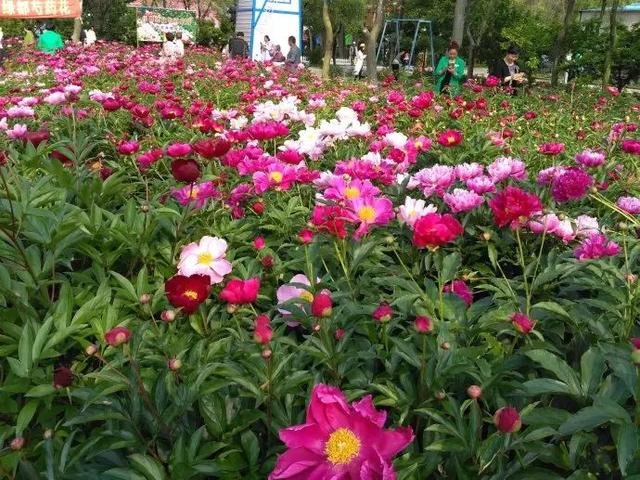
II. Distribution of Paeoniflorin
In China, peony is mainly distributed in Jiangsu, Northeast, North China, Shaanxi and southern Gansu. In the northeast, it is distributed under the hillside grassland and forest at an altitude of 480,700m, and in other provinces, it is distributed in the hillside grassland at an altitude of 1000-2300 m. Sichuan, Guizhou, Anhui, Shandong, Zhejiang and other provinces and urban parks are also cultivated.
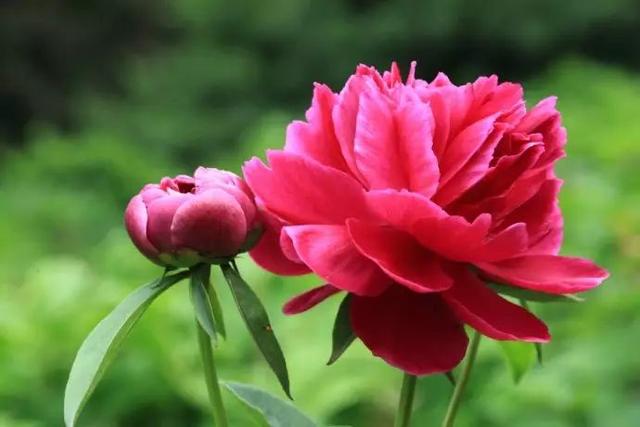
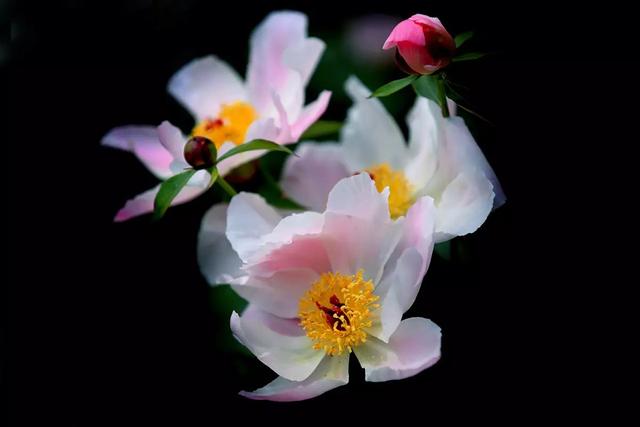
III. Tube implantation technique of Paeonia lactiflora
1. Land preparation
Before cultivated land, use 48% chlorpyrifos 500 ml and 40% phoxim 500 ml, mix 10 kg of soil and spread evenly. Apply 50 kg of balanced compound fertilizer, 40 kg of phosphate fertilizer and 100 kg of organic fertilizer per mu.
2. Seed selection and reproduction
The propagation of Paeonia lactiflora has the methods of split-root propagation and seed propagation, and the method of split-root reproduction is often used in production. When harvested in autumn, the roots of Paeonia lactiflora with uniform thick and long roots, stout terminal buds and no diseases and insect pests were selected, in which the large roots with a diameter of more than 0.5 cm were cut off and used as seeds.
The bud head used for seed is divided into blocks according to its size and natural growth shape, each with 2 to 3 thick and strong buds, with a thickness of about 2 cm. The bud head of peony should be cut along with planting.
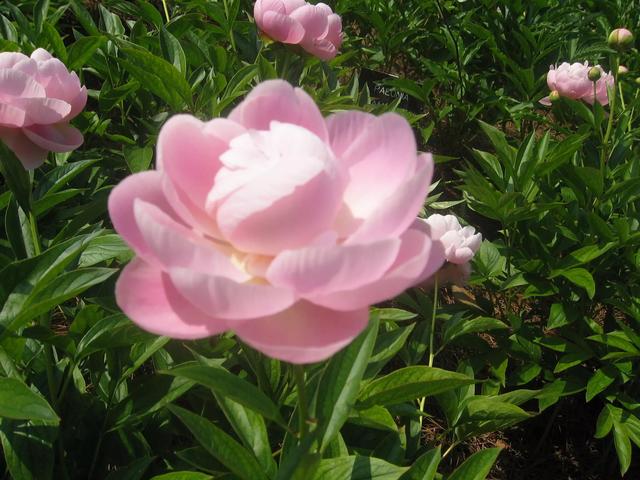
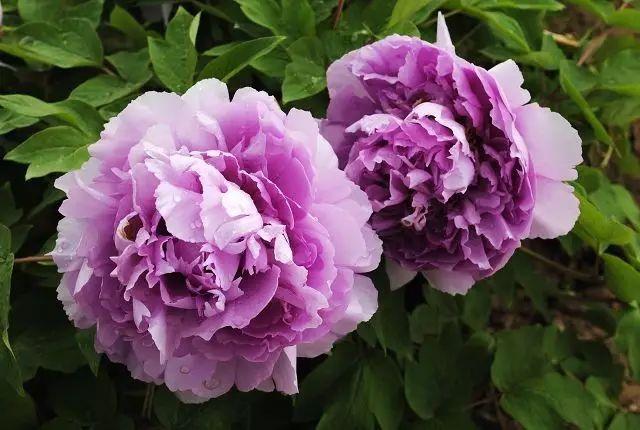
3. Planting
Generally, planting from late August to September should not exceed late October at the latest, and it should be early rather than late, otherwise it will affect the yield and quality of peony.
4. Field management
The following spring, before the peony sprouted, the mound of the previous autumn was loosened. During the growth period of peony, it is necessary to keep the soil loose and free of weeds, so as to hoe immediately after rain and hoe for a long time.
The lateral buds in the axils of the upper leaves of the peony stem, if picked as early as possible, can concentrate nutrients to make the main buds large and plump; if lateral buds are retained, the ornamental period of the flowers will be long. The specific implementation can be based on individual needs.
Peony root system is developed, drought resistance is strong, generally do not need watering, such as spring drought or summer drought for a long time, can be watered once or twice, it is best to use pollution-free river water, depending on the dry and wet soil in winter, can also be watered once overwintering water. Peony grows vigorously and needs a large amount of fertilizer, which can be applied twice a year. Before winter, some long-acting fertilizers, such as rotten cake fertilizer (150kg/ mu) or dried feces (1500kg/ mu), can be applied before or after flowering, such as compound fertilizer, diammonium (10-15kg/ mu), and foliar topdressing, such as potassium dihydrogen phosphate or micro-fertilizer, sprayed once every 15-20 days.
5. Pest control
Diseases: mainly leaf spot, including red spot and brown spot.
In general, the peak of the disease is in the summer and autumn when the temperature is high and humidity is high. At the initial stage of the disease, 40% carbendazim 800 times liquid can be sprayed on the leaf surface, and in severe cases, 40% carbendazim 500 times liquid can be sprayed once every 15 days, 2-3 times.
Pests: mainly grubs and nematodes.
During the peak period from July to August, grubs can be mixed with 30% carbofuran (5kg/ mu) or 50% phoxim granules (3kg/ mu) or methyl isophosphate water agent, mixed with organic fertilizer or sandy soil into poison bait, spread evenly, and then hoe deeply.
Nematodes belong to root-knot nematodes, which are characterized by nodules of different sizes in fibrous roots, weakening of plant growth, yellowing of leaf margin, scorch and early fall, and in severe cases, the plant becomes shorter and dies. 30% of carbofuran granules can be evenly applied to the occurrence area during the rainy summer season, with a standard of 25 g / m2. Because the root-knot nematode is a kind of low-grade animal, it mainly lives in the soil layer within 5-20cm. When applying pesticide, it should not be too deep.
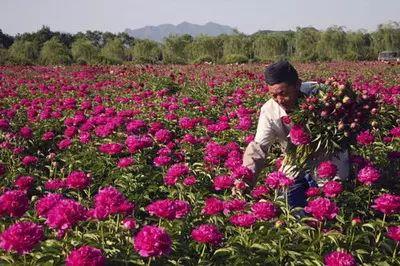
6. Harvest
Generally in August-September of the fourth year after planting, sunny days are selected for harvest. When harvesting, first cut off the stems and leaves of the plant, then dig out the whole root, and cut off the main root and lateral root to be processed.
- Prev
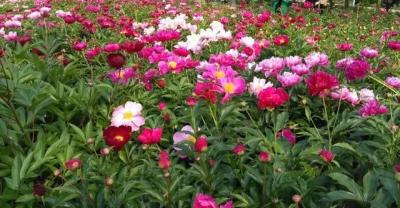
Planting techniques of Houttuynia cordata Thunb
Farmers grow Houttuynia cordata Thunb, also known as Houttuynia cordata root, dog heart grass, etc., because the roots, stems, leaves have the smell of fish, so the name Houttuynia cordata Thunb. Houttuynia cordata is a perennial perennial root grass.
- Next
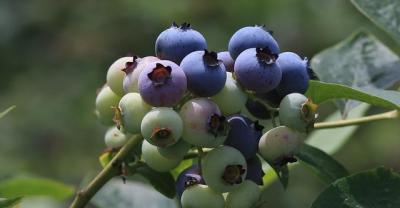
Causes of dental implant failure
Although artificial implants have become the most common form of missing tooth restoration.
Related
- Fuxing push coffee new agricultural production and marketing class: lack of small-scale processing plants
- Jujube rice field leisure farm deep ploughing Yilan for five years to create a space for organic food and play
- Nongyu Farm-A trial of organic papaya for brave women with advanced technology
- Four points for attention in the prevention and control of diseases and insect pests of edible fungi
- How to add nutrient solution to Edible Fungi
- Is there any good way to control edible fungus mites?
- Open Inoculation Technology of Edible Fungi
- Is there any clever way to use fertilizer for edible fungus in winter?
- What agents are used to kill the pathogens of edible fungi in the mushroom shed?
- Rapid drying of Edible Fungi

